|
Suho Meso
Suho meso (literally: "dry meat") is a smoked beef preparation eaten in Bosnian, Serbian, and Montenegrin cuisine. The meat is cured in a coarse salt for multiple days before being hung to dry over a fire for multiple days or weeks, depending on the size of meat. This process is traditionally done in the winter to avoid the meat from spoiling. It is similar to Pastirma, except there is no netting involved in holding the meat. See also * Beef jerky * Bresaola * List of dried foods * List of smoked foods This is a list of smoked foods. Smoking is the process of flavoring, cooking, or preserving food by exposing it to smoke from burning or smoldering material, most often wood. Foods have been smoked by humans throughout history. Meats and fish a ... References Dried meat Smoked meat Bosnia and Herzegovina cuisine Serbian cuisine {{serbia-cuisine-stub ... [...More Info...] [...Related Items...] OR: [Wikipedia] [Google] [Baidu] |
Suho Meso
Suho meso (literally: "dry meat") is a smoked beef preparation eaten in Bosnian, Serbian, and Montenegrin cuisine. The meat is cured in a coarse salt for multiple days before being hung to dry over a fire for multiple days or weeks, depending on the size of meat. This process is traditionally done in the winter to avoid the meat from spoiling. It is similar to Pastirma, except there is no netting involved in holding the meat. See also * Beef jerky * Bresaola * List of dried foods * List of smoked foods This is a list of smoked foods. Smoking is the process of flavoring, cooking, or preserving food by exposing it to smoke from burning or smoldering material, most often wood. Foods have been smoked by humans throughout history. Meats and fish a ... References Dried meat Smoked meat Bosnia and Herzegovina cuisine Serbian cuisine {{serbia-cuisine-stub ... [...More Info...] [...Related Items...] OR: [Wikipedia] [Google] [Baidu] |
Bosnian Cuisine
Bosnia and Herzegovina cuisine ( bs, Bosanska kuhinja) is balanced between Western and Eastern influences. The food is closely related to former Yugoslav, Middle Eastern, Mediterranean, Austo-Hungarian and other Balkan cuisines. Ingredients Bosnian cuisine uses many spices, but usually in moderate quantities. Most dishes are light, as they are cooked in lots of water; the sauces are fully natural, consisting of little more than the natural juices of the vegetables in the dish. Typical ingredients include tomatoes, potatoes, onions, garlic, bell peppers, cucumbers, carrots, cabbage, mushrooms, spinach, courgette, dried and fresh beans, plums, milk, paprika and cream called pavlaka and kajmak. Typical meat dishes include primarily beef and lamb due to Islamic dietary laws, although the Bosnian Croats and Bosnian Serbs can consume pork. Some local specialties are ćevapi, burek, dolma, sarma, ''pilav'' (pilaf), ''gulaš'' (goulash), ajvar and a whole range of Eastern sweets. The b ... [...More Info...] [...Related Items...] OR: [Wikipedia] [Google] [Baidu] |
Serbian Cuisine
Serbian cuisine ( sr, српска кухиња / srpska kuhinja) is a Balkan cuisine that consists of the culinary methods and traditions of Serbia. Its roots lie in History of Serbia, Serbian history, including centuries of cultural contact and influence with the Greeks and the Byzantine Empire, the Ottoman Empire, Ottomans, and Serbia's Balkans, Balkan neighbours, especially during the existence of Yugoslavia. Historically, Serbian food develops from pastoral customs that involved the keeping of sheep in mountain highlands, in a climate and regional context that favoured animal husbandry over vegetable farming; Serbian food is therefore traditionally richer in animal products and basic grains - corn, wheat and oats, than fresh vegetable dishes. Following the abandon of widely practiced pastoral lifestyles, Serbian food emerges through the middle ages heavily dependant not on lamb or mutton, but on the keeping of pigs for the annual cull and the production of various cured meats ... [...More Info...] [...Related Items...] OR: [Wikipedia] [Google] [Baidu] |
Montenegrin Cuisine
Montenegrin cuisine is a result of Montenegro's geographic position and its long history and tradition. Review The first major influences to Montenegrin cuisine came from the Levant and Turkey, largely via Serbia: sarma, musaka, pilav, pita, gibanica, burek, ćevapi, kebab, đuveč, and Turkish sweets such as baklava and tulumba. Hungarian cuisine influences stews and sataraš. Central European cuisine is evident in the prevalence of crêpes, doughnuts, jams, many types of biscuits and cakes, and various kinds of breads. Montenegrin cuisine also varies geographically; the cuisine in the coastal area differs from that of the northern highland region. The coastal area is traditionally a representative of Mediterranean cuisine, with seafood being a common dish. The traditional dishes of Montenegro's Adriatic coast, unlike its heartland, have a distinctively Italian influence as well. [...More Info...] [...Related Items...] OR: [Wikipedia] [Google] [Baidu] |
Pastirma
Pastirma or basturma, also called pastarma, pastourma,, basdirma, or basterma, is a highly seasoned, air-dried cured beef that is found in the cuisines of Turkey, Armenia, Azerbaijan, Bulgaria, Egypt, and Greece, Iraq and North Macedonia. Etymology and history ''Pastırma'' is mentioned in Mahmud of Kashgars ''Diwan Lughat al-Turk'' and Evliya Çelebis '' Seyahatname''. According to Turkish scholar Biron Kiliç, the term ''pastirma'' is derived from the Turkic noun ''bastırma'', which means "pressing". Some say ''basturma'' originated in ancient Armenian cuisine, where it was known as ''aboukh. ''The Oxford Encyclopedia of Food and Drink'' writes that ''pastırma'' is the word the Ottomans used for a type of Byzantine cured beef that was called ''paston'' (παστόν). According to Johannes Koder, an expert in Byzantine studies, ''paston'' could mean either salted meat or salted fish, while ''akropaston'' (ἀκρόπαστον) means salted meat. Andrew Dalby gives the d ... [...More Info...] [...Related Items...] OR: [Wikipedia] [Google] [Baidu] |
Beef Jerky
Jerky is lean trimmed meat cut into strips and dried (dehydrated) to prevent spoilage. Normally, this drying includes the addition of salt to prevent bacteria growth before the meat has finished the dehydrating process. The word "jerky" derives from the Quechua word ''ch'arki'' which means "dried, salted meat".Teofilo Laime Ajacopa, Diccionario Bilingüe Iskay simipi yuyayk'ancha, La Paz, 2007 (Quechua-Spanish dictionary) All that is needed to produce basic "jerky" is a low-temperature drying method, and salt to inhibit bacterial growth. Modern manufactured jerky is often marinated, prepared with a seasoned spice rub or liquid, or smoked with low heat (usually under 70 °C/160 °F). Store-bought jerky commonly includes sweeteners such as brown sugar. Jerky is ready-to-eat, needs no additional preparation and can be stored for months without refrigeration. To ensure maximum shelf-life, a proper protein-to-moisture content is required in the final cured product. Many ... [...More Info...] [...Related Items...] OR: [Wikipedia] [Google] [Baidu] |
Bresaola
Bresaola ( , , , ) is air-dried, salted beef (but it can also be made of horse, venison and pork) that has been aged two or three months until it becomes hard and turns a dark red, almost purple color. It is made from top (inside) round, and it is lean and tender, with a sweet, musty smell. It originated in Valtellina, a valley in the Alps of northern Italy's Lombardy region. The word comes from the diminutive of Lombard (" braised"). Production A strict trimming process is essential to give the unique flavour. Legs of beef are thoroughly defatted and seasoned with a dry rub of coarse salt and spices, such as juniper berries, cinnamon and nutmeg. They are then left to cure for a few days. A drying period of between one and three months follows, depending on the weight of the particular bresaola. The meat loses up to 40% of its original weight during aging. In Valtellina, a similar process is applied to smaller pieces of meat. This produces a more strongly flavoured produ ... [...More Info...] [...Related Items...] OR: [Wikipedia] [Google] [Baidu] |
List Of Dried Foods
This is a list of dried foods. Food drying is a method of food preservation that works by removing water from the food, which inhibits the growth of bacteria and has been practiced worldwide since ancient times to preserve food. Where or when dehydration as a food preservation technique was invented has been lost to time, but the earliest known practice of food drying is 12,000 BC by inhabitants of the modern Middle East and Asia."Historical Origins of Food Preservation". Accessed June 2011. Dried foods Processed foods B 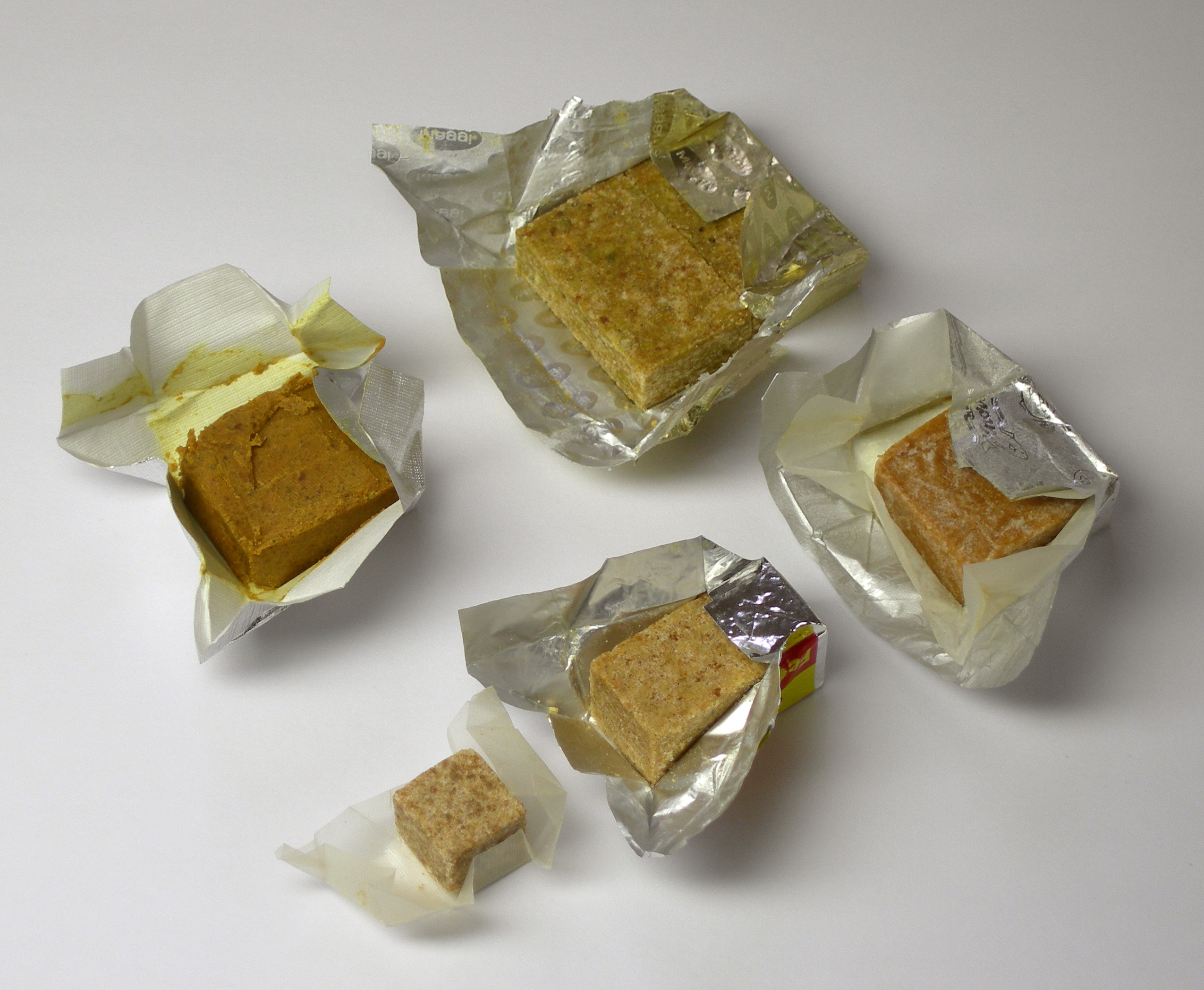 ...
...
[...More Info...] [...Related Items...] OR: [Wikipedia] [Google] [Baidu] |
List Of Smoked Foods
This is a list of smoked foods. Smoking is the process of flavoring, cooking, or preserving food by exposing it to smoke from burning or smoldering material, most often wood. Foods have been smoked by humans throughout history. Meats and fish are the most common smoked foods, though cheeses, vegetables, and ingredients used to make beverages such as whisky, smoked beer, and ''lapsang souchong'' tea are also smoked. Smoked beverages are also included in this list. Smoked foods Beverages * Lapsang souchong a kind of tea. * Mattha - an Indian buttermilk or yogurt drink that is sometimes smoked * Smoked beer – beer with a distinctive smoke flavor imparted by using malted barley dried over an open flame''Beer'', by Michael Jackson, published 1998, pp.150-151 ** Grätzer * Suanmeitang - a Chinese smoked plum drink * Scotch Whisky Some scotch is made from grains that have been smoked over a peat fire. File:JacksonsLapsangSouchong low.jpg, Lapsang souchong tea leaves. Lapsang sou ... [...More Info...] [...Related Items...] OR: [Wikipedia] [Google] [Baidu] |
Dried Meat
Dried meat is a feature of many cuisines around the world. Examples include: *Kulen Slanina Pečenica *Aliya, sun-dried meat from Kenya * Bakkwa or rougan, Chinese salty-sweet dried meat sheets. * Biltong, a cured meat that originated in Southern Africa. * ''Bògoǫ'', a dried and smoked meat, often caribou, of the Dené people of northern Canada. * Borts, air-dried strips of horse or cow meat used as traveling food or to last the winter in Mongolia. Often ground into powder and mixed with water to create soup. * Bresaola, air-dried salted beef originally from the Valtellina valley in northern Italy. * Brési, made in the canton of Jura and in Jura Bernois in Switzerland and in the department of Doubs in France. * Bündnerfleisch, air-dried meat from Kanton Graubünden in Switzerland. * Carne-de-sol, sun-dried salt beef from Brazil. * Carne seca, air-dried meat from Mexico. * Cecina, lightly smoked, dried, and salted meat from northwestern Spain (Asturias, León, Cantabria), ... [...More Info...] [...Related Items...] OR: [Wikipedia] [Google] [Baidu] |
Smoked Meat
Smoked meat is the result of a method of preparing red meat, white meat, and seafood which originated in the Paleolithic Era. Smoking adds flavor, improves the appearance of meat through the Maillard reaction, and when combined with curing it preserves the meat. When meat is cured then cold-smoked, the smoke adds phenols and other chemicals that have an antimicrobial effect on the meat. Hot smoking has less impact on preservation and is primarily used for taste and to slow-cook the meat. Interest in barbecue and smoking is on the rise worldwide. Smoking with wood Generally meat is smoked using hardwood or wood pellets made from hardwood; softwood is not recommended due to increased PAH from the resin. Wood smoke adds flavor, aroma, and helps with preservation. There are two types of smoking: cold smoking generally occurs below and has more preservative value. Hot smoking generally occurs above . Most woods are seasoned and not used green. There are many types of wood used ... [...More Info...] [...Related Items...] OR: [Wikipedia] [Google] [Baidu] |
Bosnia And Herzegovina Cuisine
Bosnia and Herzegovina cuisine ( bs, Bosanska kuhinja) is balanced between Western and Eastern influences. The food is closely related to former Yugoslav, Middle Eastern, Mediterranean, Austo-Hungarian and other Balkan cuisines. Ingredients Bosnian cuisine uses many spices, but usually in moderate quantities. Most dishes are light, as they are cooked in lots of water; the sauces are fully natural, consisting of little more than the natural juices of the vegetables in the dish. Typical ingredients include tomatoes, potatoes, onions, garlic, bell peppers, cucumbers, carrots, cabbage, mushrooms, spinach, courgette, dried and fresh beans, plums, milk, paprika and cream called pavlaka and kajmak. Typical meat dishes include primarily beef and lamb due to Islamic dietary laws, although the Bosnian Croats and Bosnian Serbs can consume pork. Some local specialties are ćevapi, burek, dolma, sarma, ''pilav'' (pilaf), ''gulaš'' (goulash), ajvar and a whole range of Eastern sweets. The ... [...More Info...] [...Related Items...] OR: [Wikipedia] [Google] [Baidu] |
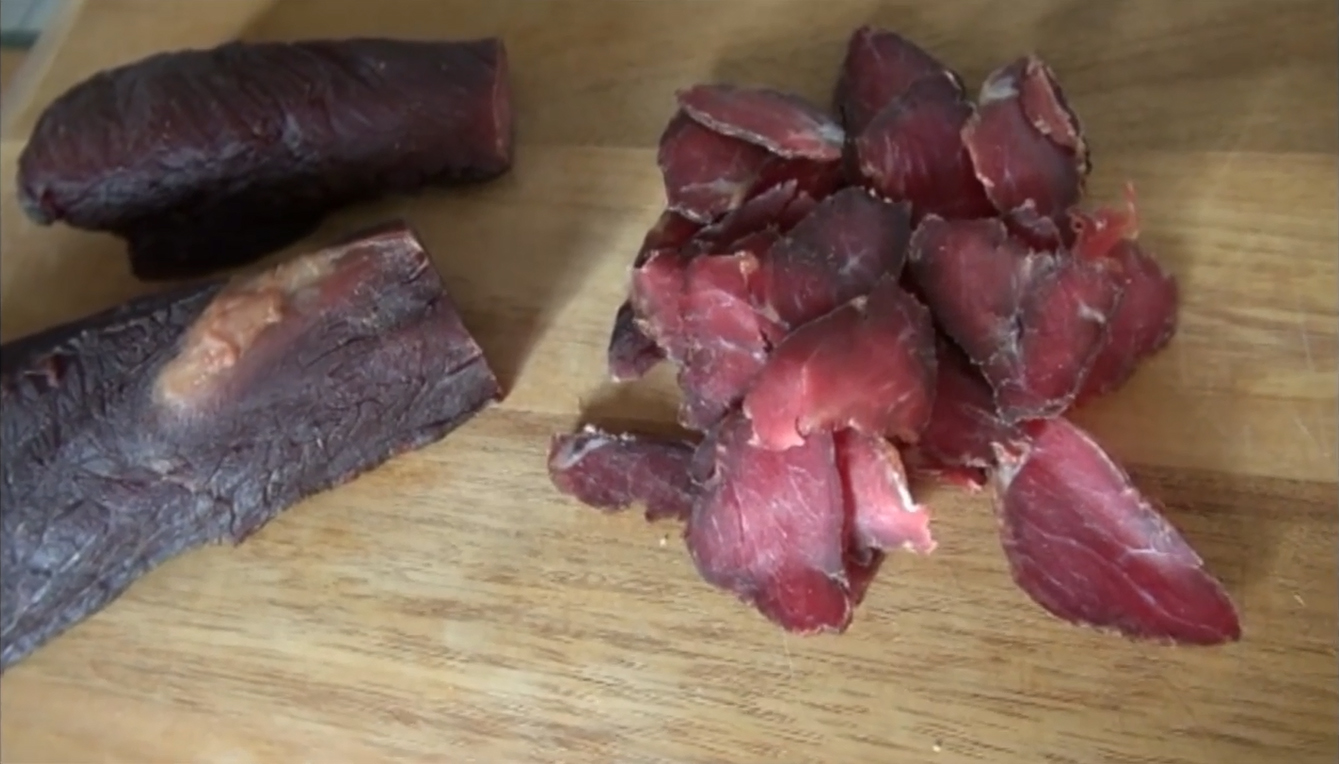
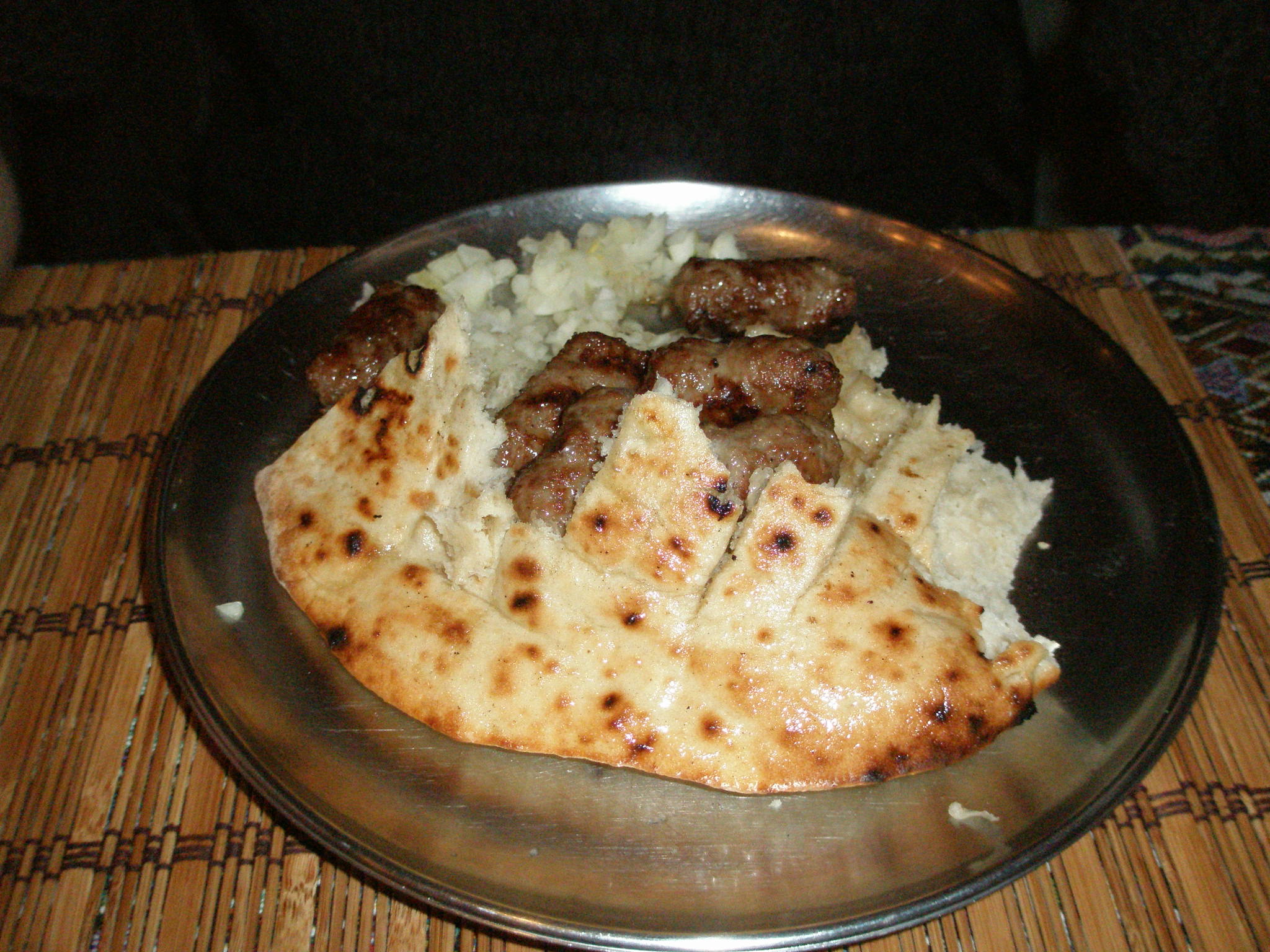
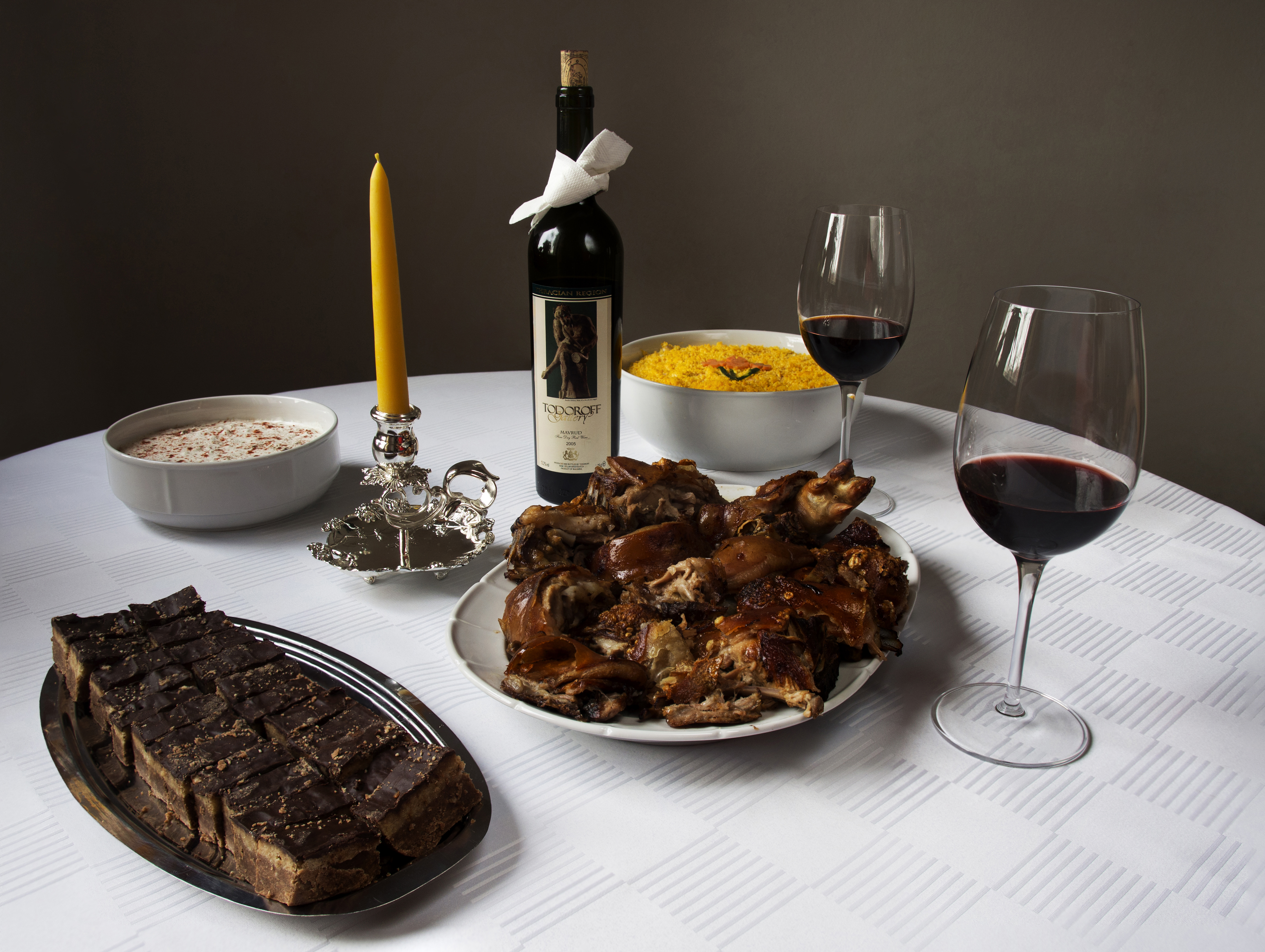
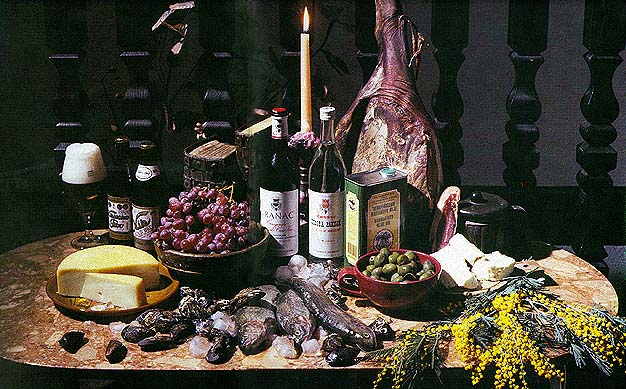
.jpg)


